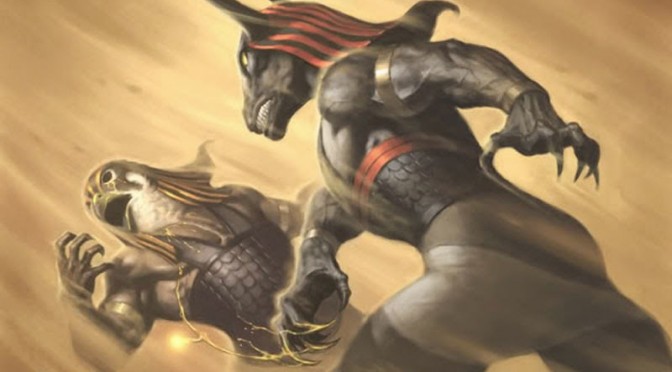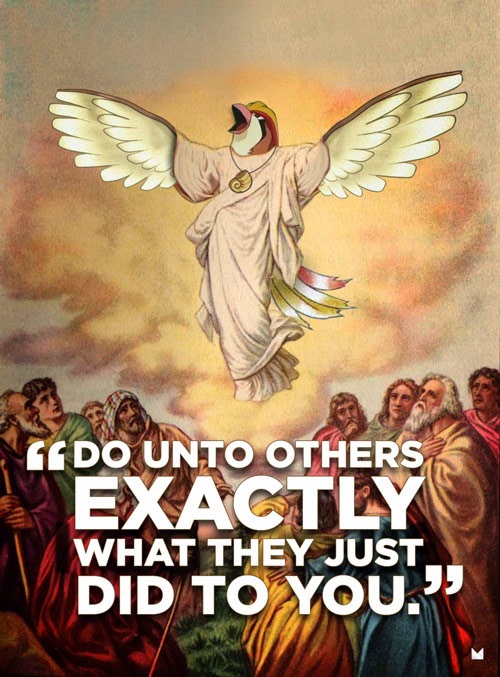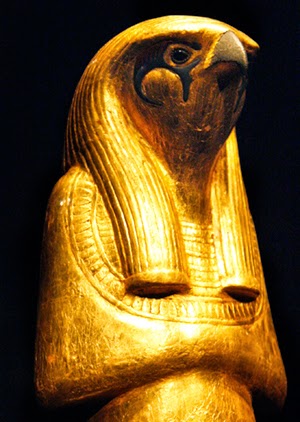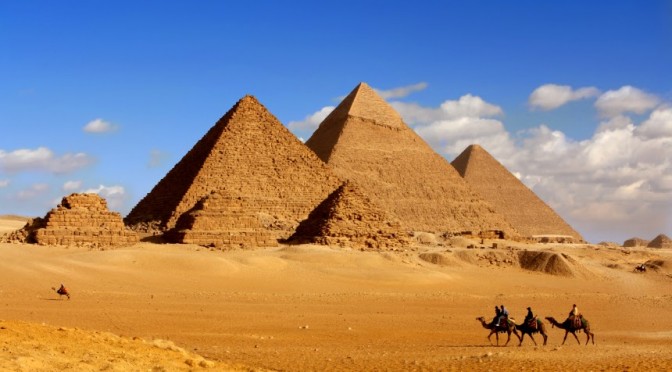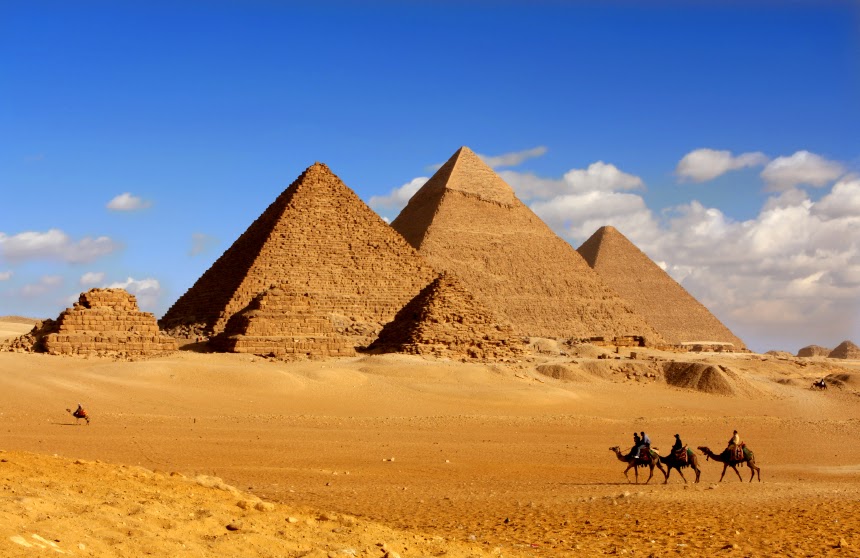Pacing and structure, undeniably connected to each other. In the last few entries, born out of my inability to keep my head up long enough to do any research outside of what I already knew, I’ve discussed the structure of story telling to explain how it relates to pacing. When your structure is good, when your story is built right, the pacing takes care of itself. Someone who is entertained and invested in what you’re showing them will not complain about how fast or slow it’s gone, except the sometimes complimentary, “it ended too soon for me”.
But when I started this, I said that a lot of writers were learning things backwards. Certain more sophisticated structures have been taught as basics – essential and required. It leaves some people unable to adapt to situations that require them to change the way they normally work. If television requires you to write five acts but you’re only comfortable with three, it makes sense that you’d have some troubles adjusting. If you’re writing a novel having learned the three act structure, you may be handling your chapter structure incorrectly. Becoming too dependent on more sophisticated structures and formulas can be an issue that many new writers have to resolve over time.
But there are shared elements of structure and pacing that exist throughout storytelling. Just because the overarching formulas don’t always translate from one media to the next doesn’t mean that the fundamentals don’t exist. But the fundamentals often get muddied and buried by other forms. In fact, many people learn the true fundamentals second or third while others don’t learn them at all.
So today, as my final entry before I start digging back into Alternative Mythologies, I’m going to cover… Continue reading Pacing Part 3 – The Essentials









